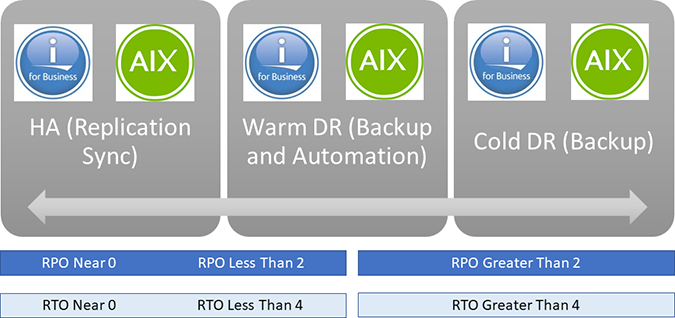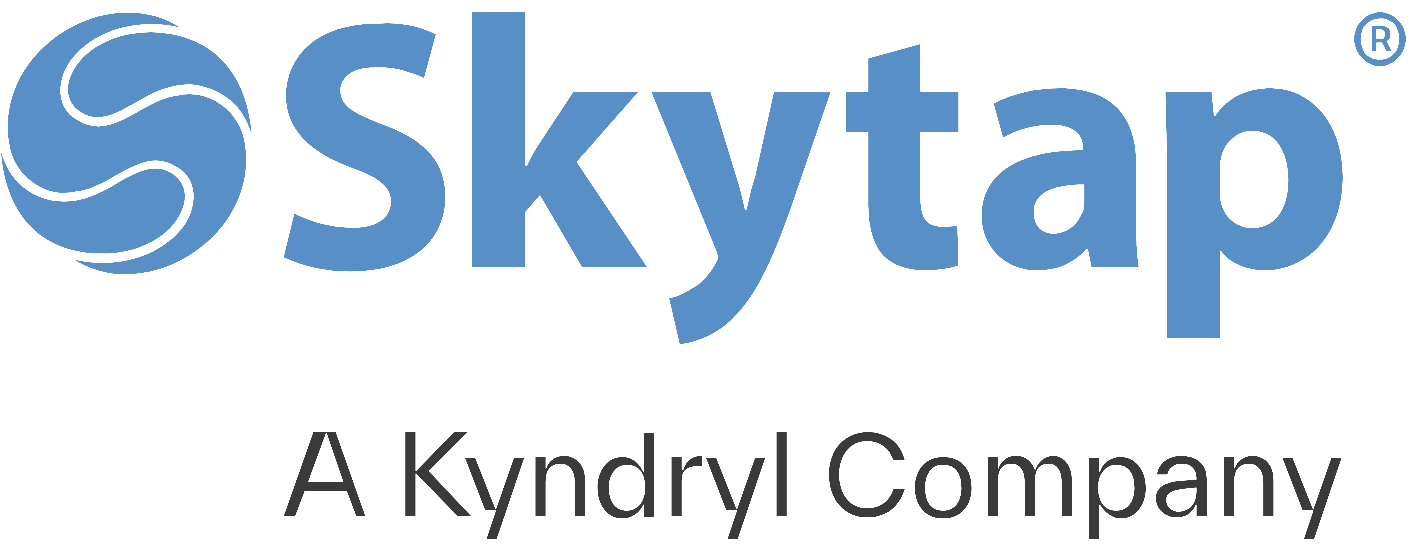Principles of the reliability pillar
Building a reliable application in the cloud is different from traditional application development. While historically you may have purchased levels of redundant higher-end hardware to minimize the chance of an entire application platform failing, in the cloud, we acknowledge up front that failures will happen. Instead of trying to prevent failures altogether, the goal is to minimize the effects of a single failing component.
Considerations for migration
The following section provides an overview of Skytap on Azure architecture and is used as a lens to assess the reliability of an environment deployed in Skytap.
Migration considerations include:
- Skytap on Azure general architecture
- Supported LPARs
- Cold Migrations (Backup and Restore)
- Hot Migrations (Replication Sync)
Skytap discovery and migration – support and limits
High-Level considerations for migration to Skytap on Azure
Migration to Skytap on Azure can be migrated via a hot or cold/warm migration as depicted here.

Definitions
RTO – Downtime of services, applications, and infrastructure for business continuity. For example, the amount of time it takes to get back up and running in the event of a disaster or outage.
RPO – Frequency of data backup. For example, the amount of time in which data may be lost.
The two numbers above, combined with contingencies like distance, amount of data rate change and available bandwidth will determine whether to employ a High Availability Tool or a Disaster Recovery Tool.
This is very similar to a warm versus hot migration, and the same tools may be utilized.

